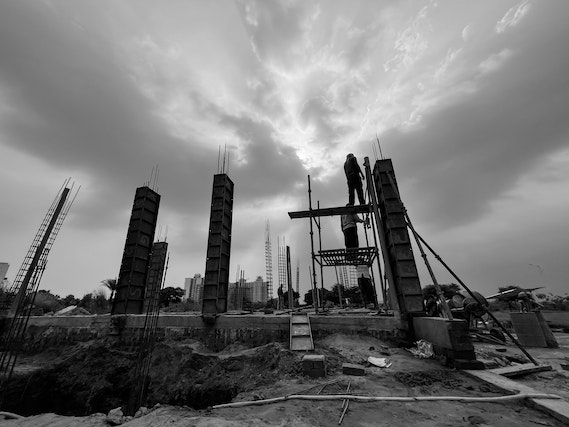When it comes to the intricate process of constructing a building, architects are involved from the beginning or the conceptual stage to the completion of the structure. Their role encompasses project management as well so that the project can successfully be completed.
At the beginning of the building project, Design Edge Associates Richmond have an important role in creating the concept for the structure and starting the design. They will collaborate with the clients to understand their preferences, requirements and the vision for the project. These aspirations will then be converted to architectural plans. The expertise brought on by architects to a building project includes aesthetics, spatial planning and space optimisation so that they can create functional and innovative designs that align with the objectives of the projects and stay within the constraints. Architects also develop comprehensive project plans that include timelines, allocation of resources and budgets. They will coordinate with several stakeholders such as clients, contractors, engineers and regulatory authorities to ensure that the design aligns with project goals as well as building codes and regulations. Architects will use their communication and negotiation skills to collaborate productively with the stakeholders and resolve conflicts that can come up in the planning stage.

Architects will oversee multidisciplinary teams
That are involved in the building projects as project leaders. Some of the teams involved will be engineers, designers, contractors and subcontractors. Architects will direct, guide and mentor the team members and ensure a collaborative working environment. They will be the liaisons between different stakeholders and they will facilitate communication so that key aspects of the project are understood by everyone. They will also delegate responsibilities and ensure that all types of expertise are integrated into the project. They will also control the costs throughout the construction process. When the client first comes to the architect, they will let them know the budget that they are willing to spend and then it is in the hands of the architect to stick to this budget. This can be done by controlling the floor area, building materials and construction techniques. Architects will collaborate with the contractors and clients to establish realistic expectations of the budget.

Ensuring quality assurance is an important responsibility of the architects.
To this end, they will carry out regular site inspections, performance evaluations and quality control checks so that they can monitor whether the work adheres to the design specifications, regulatory requirements and construction standards. There will be quality assurance protocols implemented by the architects and they will also review construction documentation. If there is any deviation, they will act quickly to maintain integrity of the project so that they can meet the expectations of the client. Architects will also identify risks and work to mitigate these. They will assess potential hazards such as structural deficiencies, logistical challenges, environmental factors etc. and develop contingency plans to address unforeseen situations. They will collaborate with project stakeholders, legal advisors and insurance providers to mitigate these liabilities and ensure the continuation of the project.





